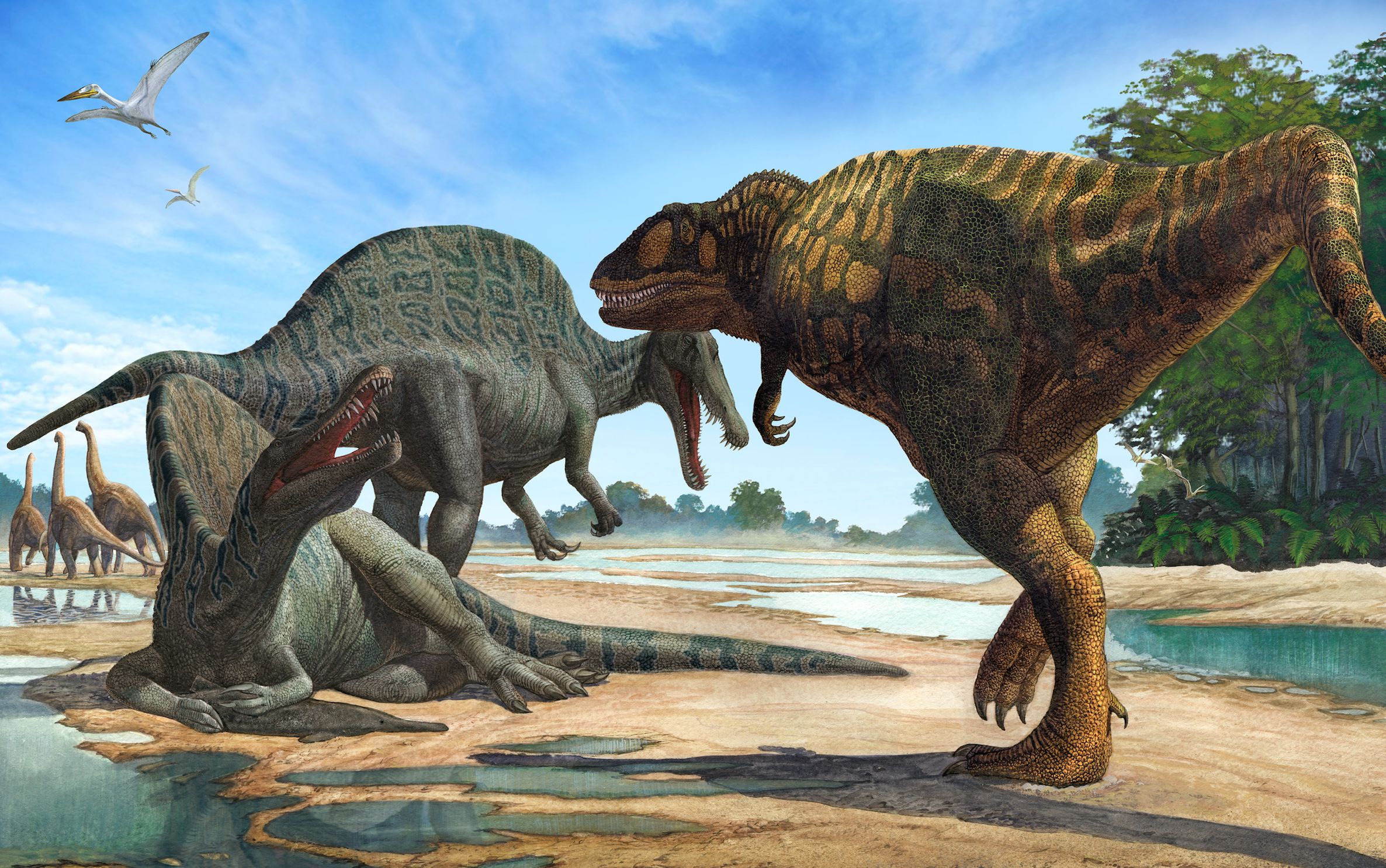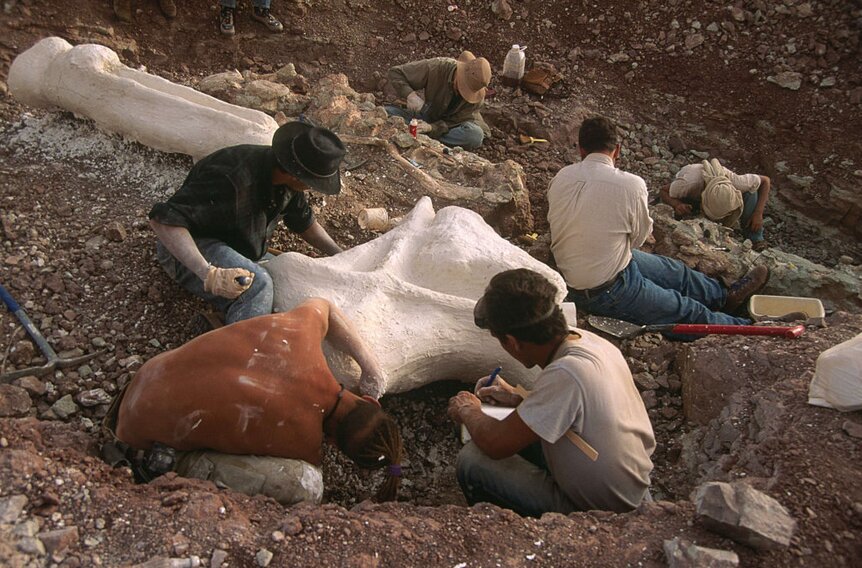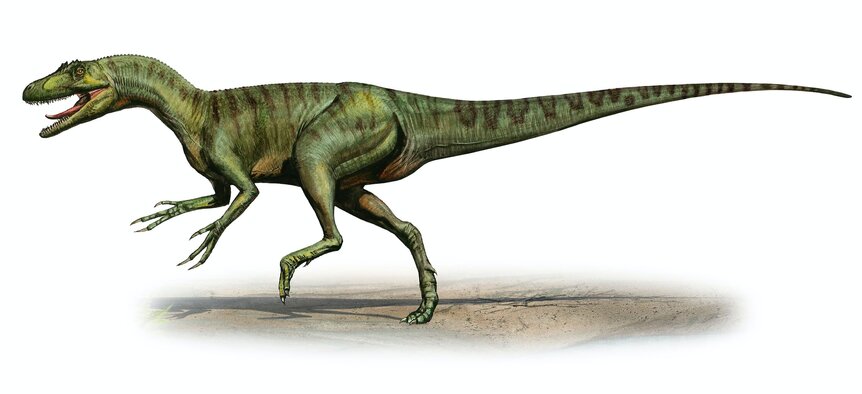Create a free profile to get unlimited access to exclusive videos, sweepstakes, and more!
Pterosaurs, crocodilians & sharks, oh my! Fossil-rich dino habitat was prehistoric hell on Earth

While there were many dangerous destinations on ancient planet Earth, one such primeval site now stands head and shoulders above the rest when it comes to its proliferation of giant dinosaur fossils — the Kem Kem beds of southeastern Morocco. Its arid soils are well known for an abundance of large predator fossils discovered there over the decades, including big-bodied non-avian theropods, humongous hungry pterosaurs, and colossal meat-eating crocodilians.
According to a sweeping new study recently published in the online scientific journal ZooKeys, the Kem Kem region was a veritable hell on Earth, with huge concentrations of aggressive creatures all demonstrating dominance and guarding their turf with intense ferocity.
This illuminating geology and paleontology monograph — led by Dr. Nizar Ibrahim of the University of Detroit Mercy, Prof. Paul Sereno from the University of Chicago, and a group of international scholars from the United States, Europe, and Morocco — has compiled a vivid picture of turbulent life in this notorious Moroccan territory. Most famous among these archaeological treasures from the Kem Kem sites include the sail-backed Spinosaurus, the raptor-like Deltadromeus, and the sabre-toothed Carcharodontosaurus.
Providing the international scientific community with a comprehensive overview of the rocks and fossils of the region, Ibrahim and Sereno's study reviews the geology and paleontology of this famously understudied-yet-volatile area by officially naming the surrounding strata and summarizing all of the fossilized life forms, from plants and insects to monstrous dinosaurs. Their revealing monograph depicts violent life as it once was in the mid-Cretaceous period 95 million years ago by evaluating the area's entire paleoenvironment.
Their target were the fertile dinosaur-bearing layers on the Kem Kem's Gara Sbaa and Douira formations, and the research pinpoints exactly where most of the impressive discoveries were made. Since 1995, in addition to the carnivorous pterosaurs and theropods, paleontologists have also unearthed a wide variety of primeval turtles, sharks, and bony fish.
"The Kem Kem assemblage of non-vertebrates and vertebrates is likely to continue to show dramatic increase in diversity in the coming decades," states the study's authors. "Nonetheless, the array of taxa currently known, which extends from plants across a range of aquatic and terrestrial vertebrates, is sufficiently mature to allow a summary of the vertebrate assemblage and a discussion of its paleoecological context."
By making several field trips to visit museum collections of Kem Kem fossils around the globe and leading many expeditions to the region, the team of researchers was able to tell the tumultuous story of ancient life in this region of northern Africa by dedicating themselves to crafting a richly detailed written study. Their endeavor represents the most extensive review of fossil vertebrates in nearly 100 years and offers a clear window into Africa’s Age of Dinosaurs.

















